Accordingly, Chinese military scientists have conducted many tests under different conditions showing that AI using lasers to guide artillery is capable of hitting human-sized targets at a distance of 9.9 miles (~16 km).
The accuracy achieved in these tests exceeded expectations, far exceeding that of any large gun in use on the battlefield today.
Maximum efficiency, minimum cost
Traditional artillery shells typically have a margin of error of 100 meters (328 feet) or more from their targets. As a result, guided artillery shells, which can adjust their course in flight, are being widely adopted by the militaries of China, the United States and other countries.
However, the accuracy of current guided artillery shells is limited in part because traditional mathematical models cannot handle the huge amount of real-time data in a timely manner. Variables such as wind, temperature, and air pressure directly affect the accuracy of artillery shells, causing them to miss their targets or fall within a few or tens of meters of their targets.

Wang's team, along with collaborators and unmanned systems experts, believe that AI offers the potential to speed up processing compared to traditional mathematical methods.
“Artificial intelligence is developing rapidly and more and more scientists are using this technology to solve flight trajectory programming problems,” said Professor Wang Jiang, project leader from the Beijing Institute of Technology, in a paper published in the journal Acta Armamentarii.
When a “smart” artillery shell is fired, it needs to rapidly collect and analyze various types of environmental data to fine-tune its trajectory, a task where the number of calculations can increase exponentially with the number of variables.
Meanwhile, the microprocessor inside the shell had to be designed as simply as possible to withstand the extreme heat and shock of artillery fire. Faced with such demands, the chip often had to discard valuable raw data to complete calculations in time, thereby affecting overall accuracy.
But with AI technology, even a slow computer chip can complete the necessary calculations by leveraging nearly all available data.
By learning from training data collected from real flights or experiments, AI can bypass some of the demanding computational requirements typically required with traditional methods, according to the researchers.
Not only that, the specialization of AI models opens up the possibility of fine-tuning the trajectory of the bullet during the shot, thereby further improving accuracy.
Inevitable trend
Both China and the United States are racing to develop “smart” artillery to help cut the cost of war, as shells are often much cheaper than missiles and can be quickly produced in large numbers.
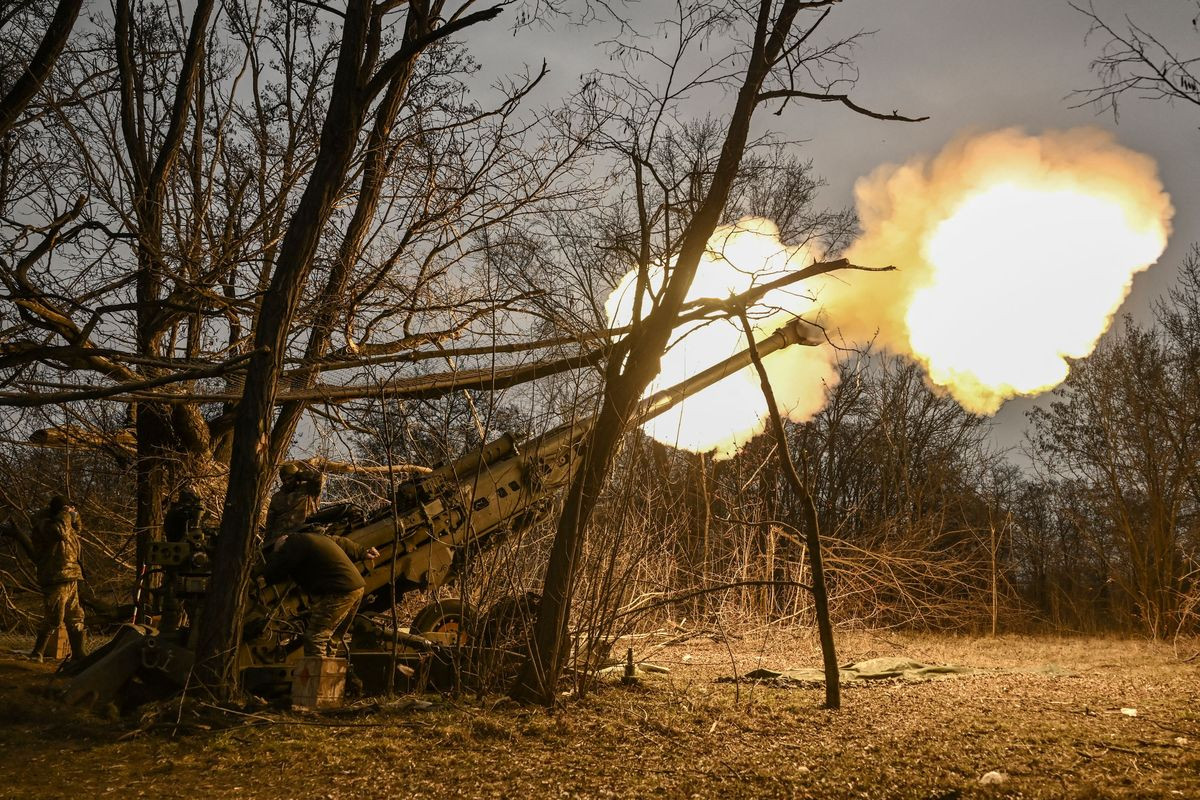
Last year, the US Army signed a $66 million contract with weapons manufacturer Raytheon to supply an unspecified number of smart munitions for GPS-guided artillery, with a range of up to 40 km, according to several media reports.
Michael Peck, a writer for Forbes, commented that artillery was once not invested in by the US because it was too cumbersome to deploy in deserts and mountains, while the air force had the speed and flexibility to use heavy weapons.
However, lessons learned from the current conflict in Europe, as well as the development of new generations of fighter aircraft capable of depriving US ground forces of air support, have forced Washington to reconsider its strategy.
Meanwhile, Chinese state media last year also released a clip of a live-fire exercise showing the country's military using smart artillery shells to attack moving targets, but the effective distance and accuracy of the weapon were not publicly disclosed.
In addition, Beijing has developed a new smart mortar, which is said to be accurate to within centimeters. However, mortars typically have a shorter range and slower velocity than artillery shells.
Defense industry analysts say that in urban warfare, artillery shells with the support of AI can neutralize enemy units or vehicles hiding in buildings with greater efficiency than traditional firepower at a lower cost than using missiles.
(According to Asiantimes, SCMP)
Source


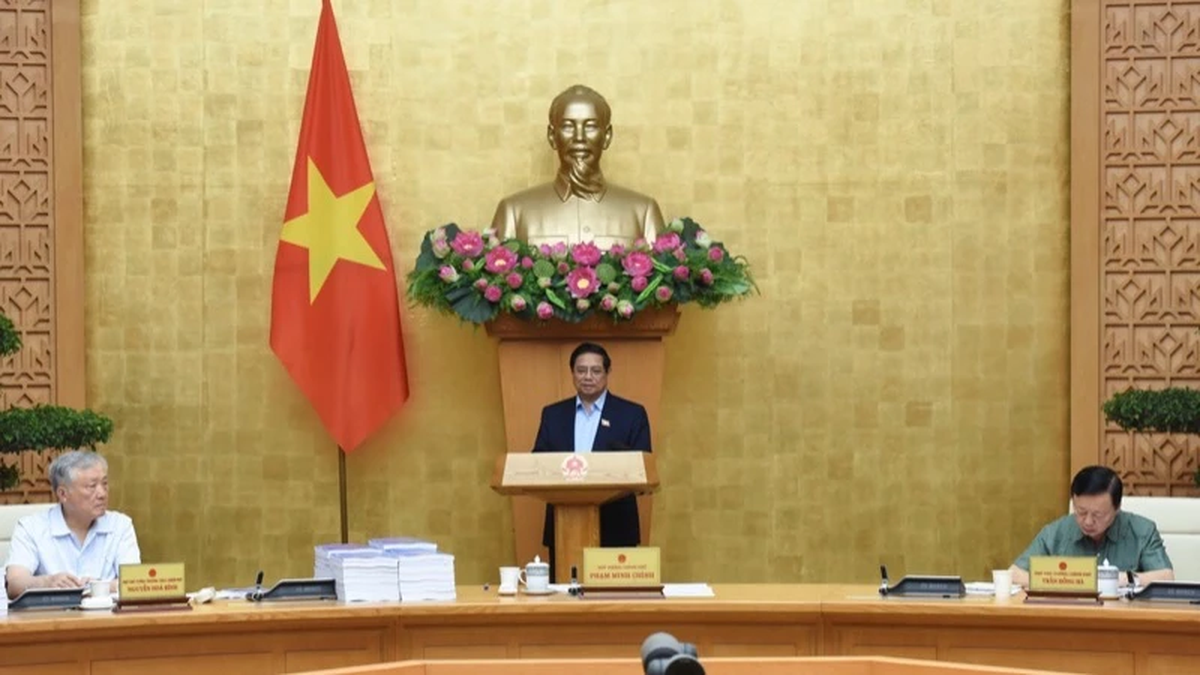

![[Photo] Magical moment of double five-colored clouds on Ba Den mountain on the day of the Buddha's relic procession](https://vphoto.vietnam.vn/thumb/1200x675/vietnam/resource/IMAGE/2025/5/9/7a710556965c413397f9e38ac9708d2f)

![[Photo] Prime Minister Pham Minh Chinh chairs a special Government meeting on the arrangement of administrative units at all levels.](https://vphoto.vietnam.vn/thumb/1200x675/vietnam/resource/IMAGE/2025/5/9/6a22e6a997424870abfb39817bb9bb6c)
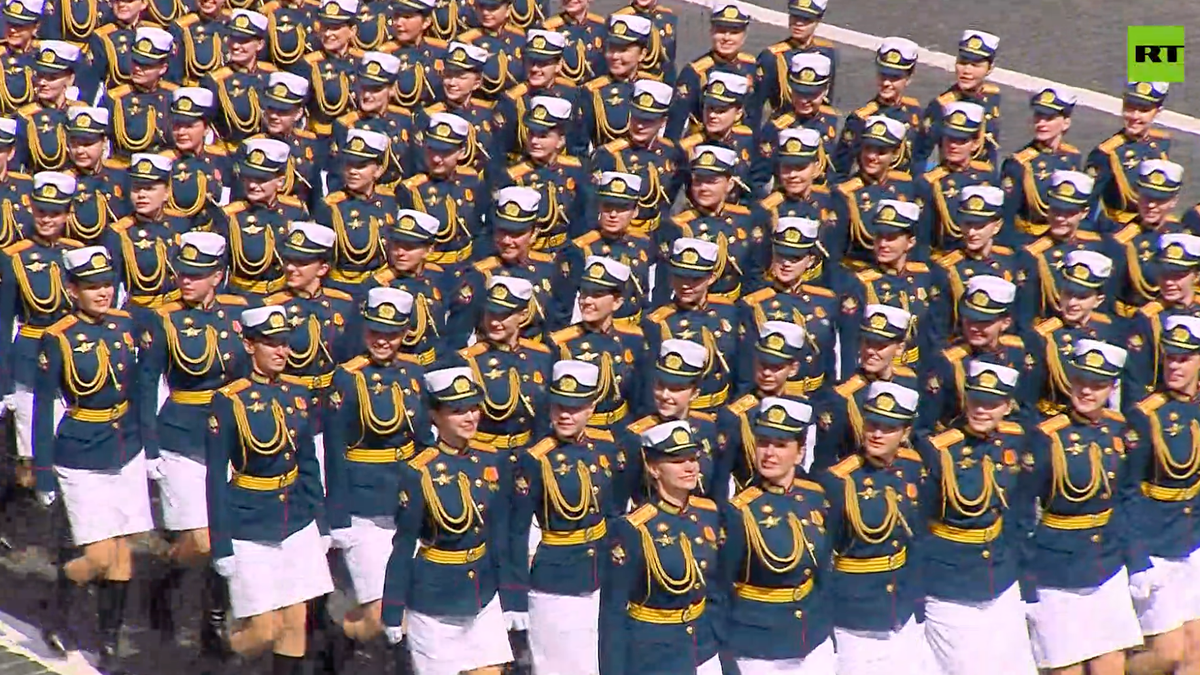








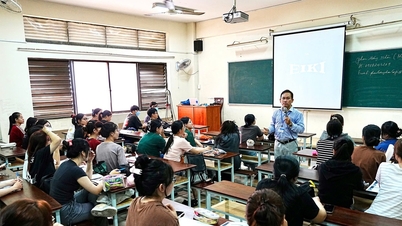











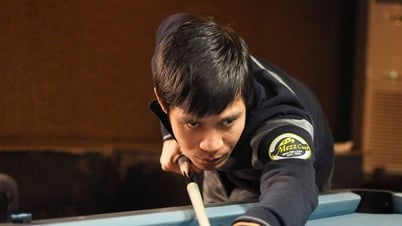




































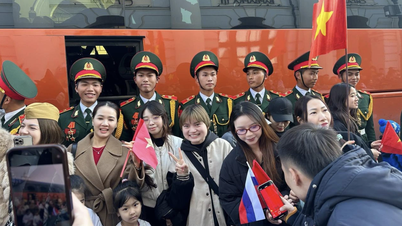








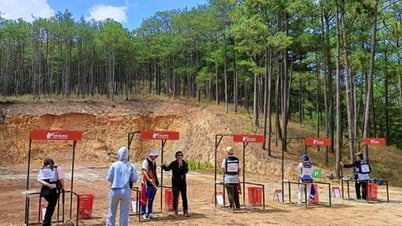






















Comment (0)